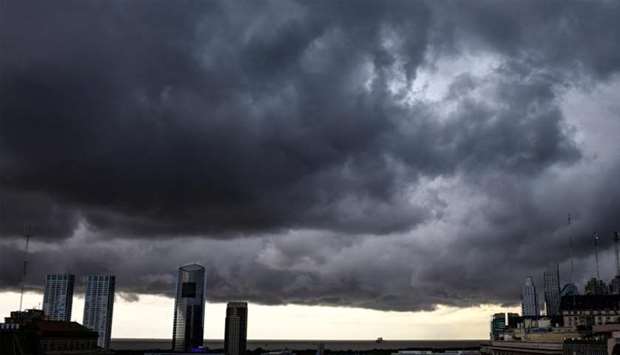Rice University engineers have created a deep learning computer system that taught itself to accurately predict extreme weather events, like heat waves, up to five days in advance using minimal information about current weather conditions.
Ironically, Rices self-learning ‘capsule neural network’ uses an analog method of weather forecasting that computers made obsolete in the 1950s.
During training, it examines hundreds of pairs of maps. Each map shows surface temperatures and air pressures at five-kilometres height, and each pair shows those conditions several days apart.
The training includes scenarios that produced extreme weather, extended hot and cold spells that can lead to deadly heat waves and winter storms. Once trained, the system was able to examine maps it had not previously seen and make five-day forecasts of extreme weather with 85 percent accuracy.
With further development, the system could serve as an early warning system for weather forecasters, and as a tool for learning more about the atmospheric conditions that lead to extreme weather, said Rices co-author of a study about the system published online this week in the American Geophysical Unions Journal of Advances in Modeling Earth Systems, Pedram Hassanzadeh.
The accuracy of day-to-day weather forecasts has improved steadily since the advent of computer-based numerical weather prediction (NWP) in the 1950s. But even with improved numerical models of the atmosphere and more powerful computers, NWP cannot reliably predict extreme events like the deadly heat waves in France in 2003 and in Russia in 2010.
‘It may be that we need faster supercomputers to solve the governing equations of the numerical weather prediction models at higher resolutions,’ said Hassanzadeh, an assistant professor of mechanical engineering and of Earth, environmental and planetary sciences at Rice. ‘But because we don’t fully understand the physics and precursor conditions of extreme-causing weather patterns, its also possible that the equations aren’t fully accurate, and they won’t produce better forecasts, no matter how much computing power we put in.’
‘We decided to train our model by showing it a lot of pressure patterns in the five kilometers above the Earth, and telling it, for each one, This one didn’t cause extreme weather. ‘Our immediate goal is to extend our forecast lead time to beyond 10 days,’ he said. (QNA)



